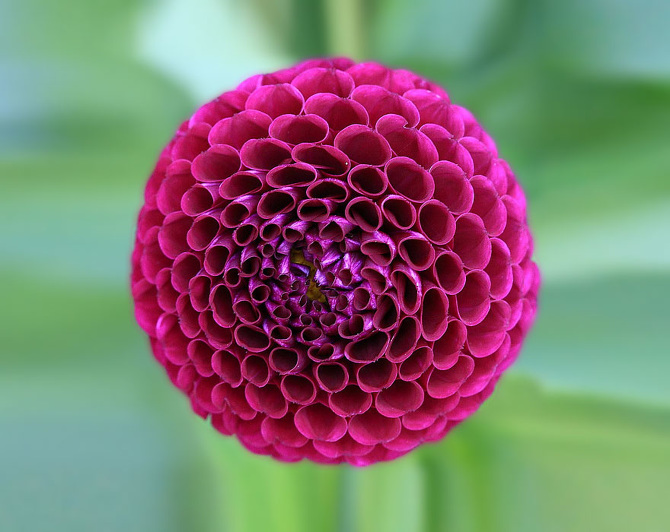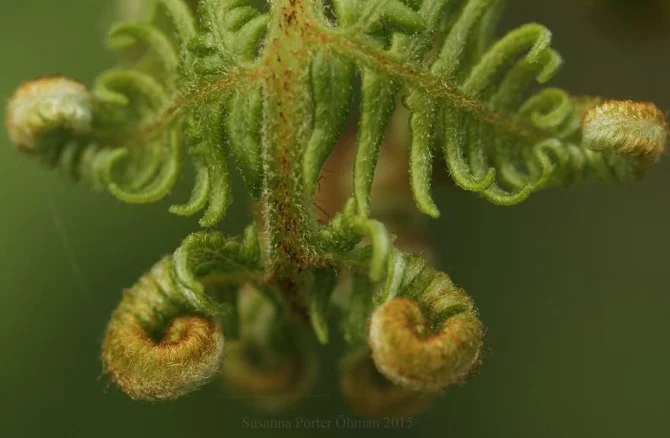Stunning Photographs of Sacred Geometry and Fractals in Nature
These wonderfully symmetrical plants show the fractal nature of math, physics and the universe. Could this be evidence of sacred geometry? “Look deep into nature, and then you will understand everything better.”
-Albert Einstein
Sacred geometry
Is found throughout the entire universe and can be seen everywhere in the natural world. Even our bodies are made up of this mathematical equation, commonly referred to as the Fibonacci sequence, which connects all living things in the universe.
If you haven’t seen it yet, I highly suggest watching Nassim Haramein’s documentary Black Whole, which delves much deeper into this theory that suggests everything in our world is connected.
Plant growth, in fact, is governed by the Fibonacci sequence, providing an excellent example of the order that unifies all of creation. You can find this pattern in sunflowers, in galaxies, in whirlpools, and in our very DNA. The Fibonacci sequence reveals how things grow, building and multiplying according to what is already there. This growth by accumulation is reflected in the branches of trees, the spiral of flowers, and the unfurling of ferns, among many other examples.
All of the known phenomena of this universe, no matter how big or small — plant growth, the proportions of the human body, the structure of crystals, the spots on a leopard, music, etc. — have a specific geometric structure. Everything in the universe follows the same geometric pattern that creates fractals over and over again, which in turn create endless possibilities of light, color, shape, and sound.
Fibonacci sequence
The actual Fibonacci sequence is this series of numbers: 0, 1, 1, 2, 3, 5, 8, 13, 21, 34. As you can see, the next number in the sequence is formed by adding up the previous 2 numbers. (0 + 1 = 1, 1 + 1 = 2, 2 + 1 = 3, and so on.)
Here’s how this is reflected in nature. In many plants, for example, a branch or leaf will grow out of the stem at approximately 137.5 degrees around it, in relation to the previous branch. So, after a branch grows from the plant, the plant will grow, and then another branch will grow rotated at 137.5 degrees relative to the direction from which the first branch grew, and so on. It is the Fibonacci that dictates the placement of the leaves among a stem, ensuring that each leaf has maximum access to rain and sunlight.
When you look at the formation of pine cones, sunflowers, pineapples, and cacti, they all have a double spiral structure that will allow the smaller elements, such as seeds, to pack themselves closely and efficiently. If you look at the center of a sunflower, you will see the seeds line up in crisscrossing spirals that radiate from the center. You can count the number of spirals turning in each direction, and there will always be Fibonacci numbers.
We Are Made of Fibonacci
If you look at your fingers, even, you will see that the segments are just the previous two added up; the joint in your finger is the length of two of the first joint, the third is the first and third joint combined, and so on. How cool is that?
Words by: Alanna Ketler
Source: Collective Evolution and The Timewheel

























